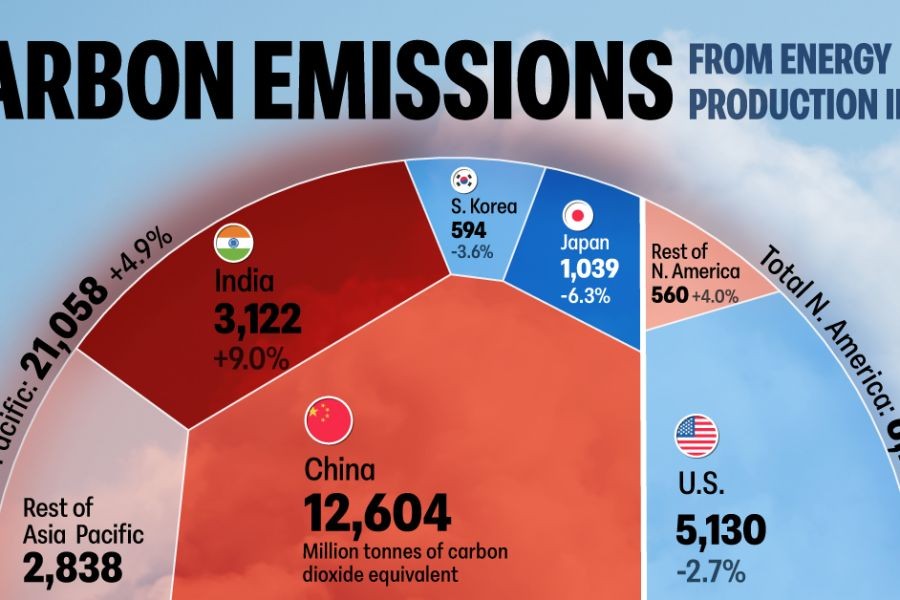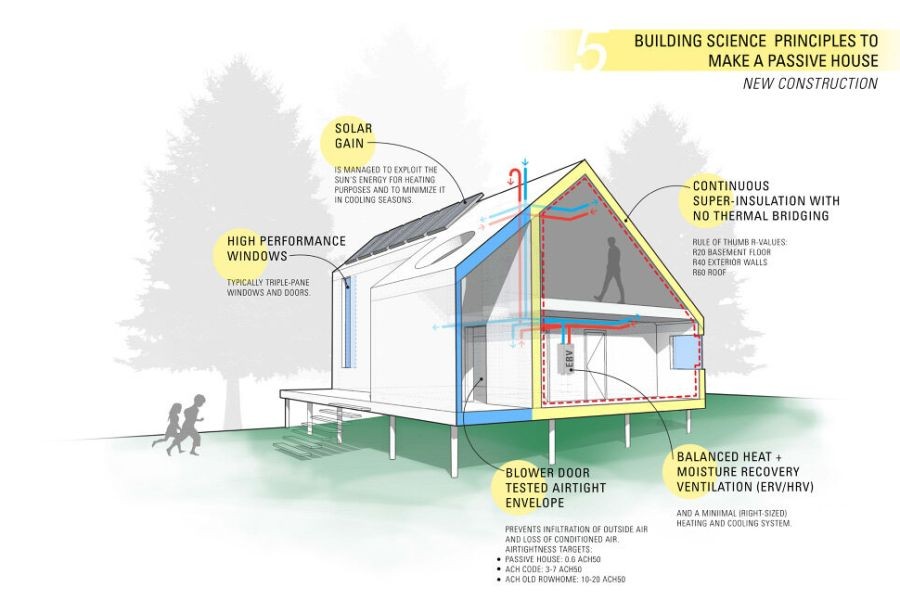Introduction
Australia's carbon emissions have long been a topic of heated debate, often clouded by misconceptions and misinformation. Despite global efforts towards sustainability, Australia's carbon footprint remains a significant point of concern. With the country being one of the largest per capita carbon emitters globally, understanding the intricacies of its carbon emissions is crucial for property developers and investors who seek to align their projects with sustainable practices. Let's delve into the hidden truths about Australia’s carbon emissions, exploring the impact on property development and the economy at large.
Understanding Australia’s Carbon Emissions
Australia’s carbon emissions are primarily driven by its reliance on fossil fuels. The energy sector alone accounts for approximately 74% of the country's total greenhouse gas emissions, as reported by the Australian Department of Industry, Science, Energy and Resources (DISER). Despite the government’s commitment to reducing emissions by 26-28% below 2005 levels by 2030, the path to achieving these targets is fraught with challenges.
Pros & Cons of Current Carbon Emission Practices
Pros:
- Economic Growth: The fossil fuel industry has historically contributed significantly to the Australian economy, providing jobs and boosting GDP.
- Energy Security: Reliance on domestic coal and gas has ensured a steady energy supply, reducing dependency on imports.
Cons:
- Environmental Impact: High carbon emissions contribute to climate change, affecting biodiversity and weather patterns.
- Regulatory Risks: Stricter global and local regulations could impose higher costs on non-compliant industries.
- Market Volatility: As the world shifts towards renewable energy, carbon-heavy industries may face declining market share.
How It Works: The Property Development Angle
Property developers play a pivotal role in shaping sustainable urban environments. Incorporating energy-efficient designs, renewable energy sources, and sustainable materials can significantly reduce the carbon footprint of new developments. For instance, a study by the Green Building Council of Australia found that green buildings can reduce energy consumption by up to 30%, translating into substantial cost savings over time.
Case Study: Mirvac Group – Leading the Green Revolution
Problem: Mirvac Group, a leading Australian property developer, recognized the need to transition towards sustainable practices to meet rising consumer demand and regulatory expectations.
Action: Mirvac implemented a comprehensive sustainability strategy, including the use of solar panels, water recycling systems, and sustainable building materials across its projects.
Result: Mirvac’s commitment to sustainability has led to a 30% reduction in carbon emissions across its developments. The company also reported a 25% increase in tenant satisfaction and a 15% rise in property value due to enhanced sustainability features.
Takeaway: This case study demonstrates the tangible benefits of integrating sustainability into property development, aligning with both environmental goals and market demands.
Regulatory Insights: Navigating the Compliance Landscape
The Australian government has introduced several policies to curb carbon emissions, including the National Greenhouse and Energy Reporting Act and the Emissions Reduction Fund. These regulations mandate businesses to report their emissions and encourage investment in low-carbon technologies. Property developers must stay abreast of these regulations to ensure compliance and capitalize on potential incentives.
Common Myths & Mistakes in Carbon Emission Management
Myth: “Switching to renewable energy is too expensive for property developers.” Reality: While the initial investment may be higher, the long-term savings from reduced energy costs and increased property value often outweigh the upfront expenses.
Myth: “Carbon emissions only impact large industrial sectors.” Reality: The property sector contributes significantly to emissions through construction activities and energy consumption in buildings.
Myth: “Carbon reduction efforts have minimal impact on property value.” Reality: Sustainable properties often command higher market value and attract environmentally conscious buyers and tenants.
Biggest Mistakes to Avoid
- Neglecting Energy Efficiency: Failing to incorporate energy-efficient designs can lead to higher operating costs and lower property values.
- Ignoring Regulatory Changes: Non-compliance with evolving carbon regulations can result in hefty fines and reputational damage.
- Overlooking Stakeholder Engagement: Engaging with stakeholders early in the development process can identify potential sustainability opportunities and risks.
Future Trends & Predictions
As Australia accelerates its transition to a low-carbon economy, property developers will increasingly adopt innovative technologies and sustainable practices. According to the CSIRO, by 2030, 50% of Australia’s energy will be renewable. This shift presents both challenges and opportunities for the property sector. Developers who embrace sustainability will likely gain a competitive edge, attracting investors and tenants who prioritize environmental responsibility.
Conclusion
The hidden truth about Australia’s carbon emissions reveals both challenges and opportunities for property developers. By understanding the impact of emissions and leveraging sustainable practices, developers can enhance property value, ensure regulatory compliance, and contribute to a more sustainable future. As the nation moves towards a low-carbon economy, the property sector’s role in driving this transition cannot be overstated. To stay ahead, developers must prioritize sustainability in their projects, aligning with both market demand and environmental goals.
Final Takeaway & Call to Action: As Australia’s carbon landscape evolves, property developers must adapt to remain competitive. By integrating sustainable practices, developers can not only reduce emissions but also enhance property value and attract environmentally conscious investors and tenants. What strategies have you implemented to align with Australia’s carbon reduction goals? Share your insights below!
People Also Ask (FAQ)
- How do carbon emissions impact property development in Australia? High carbon emissions can lead to stricter regulations and increased operational costs for property developers, making sustainable practices crucial.
- What are the best strategies for reducing carbon emissions in property development? Incorporating energy-efficient designs, renewable energy sources, and sustainable materials are effective strategies for reducing emissions.
- What is the future of carbon emission regulations in Australia? By 2030, Australia aims to significantly increase its use of renewable energy, which will likely lead to more stringent regulations for carbon-intensive industries.
Related Search Queries
- Australia carbon emission reduction strategies
- Sustainable property development practices
- Impact of carbon emissions on Australian economy
- Renewable energy trends in Australia
- Australian government carbon emission policies
- Green building benefits in Australia
- Future of property development in Australia
- Energy efficiency in Australian buildings
- Environmental impact of construction in Australia
- Carbon footprint of Australian industries








































Layne37Y04
19 days ago